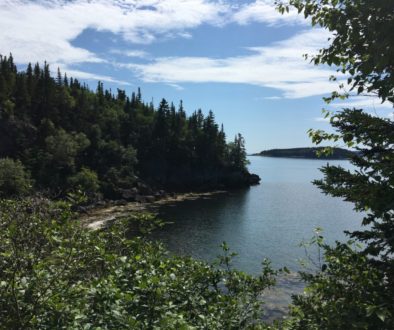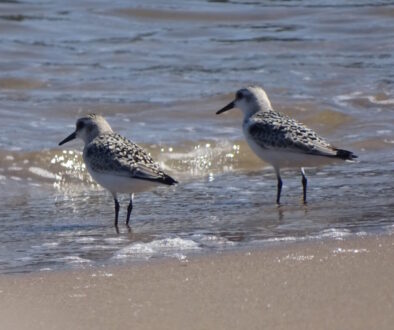News release: Worrisome track record for New Brunswick’s protected areas
Fredericton – In the run-up to Canada Parks Day on the 3rd Saturday in July, the Canadian Parks and Wilderness Society (CPAWS) is releasing its fifth annual report on how Canada’s parks are faring. The report shows that progress on creating new parks and protecting existing ones has been uneven across the country over the past 12 months.
“In New Brunswick, the biggest news is that we are deeply concerned that New Brunswick is long overdue in meeting its commitment to increase our protected areas to 4.5{a3162b1395e34f5bc6dd788a255c8e2a209e2a614c3b42176989b624267eff88} of the province. It appears to be one step forward and two steps back in the case of New Brunswick,” says Roberta Clowater, Executive Director of CPAWS New Brunswick Chapter.
In 2012, the province committed to a small increase in the percentage of land protected, from 3 percent to 4.5 percent. This would have been a step in the right direction but would still have left New Brunswick in second to last place compared to other provinces and territories in Canada. The province went out to public consultation in October, 2012 with a suite of candidate protected areas. Now, even that small step forward may be in jeopardy, with the province delaying protection of their candidate areas while they consider how to deal with vocal opposition from the mining sector.
Clowater adds, “We encourage the government to make a decision soon that will respect their commitment to that proposed increase, and provide permanent legal protection to those important old forests, roadless areas and wildlife habitats that were identified last autumn. To credibly claim a balanced approach to Crown land management, there has to be a significant safety net of well-protected lands and waters.”
CPAWS noted that on the bright side, Canada’s largest provincial park was created in the past year – called Tursujuq – in Nunavik, northern Quebec. However CPAWS also warns that problematic trends continue in many areas, including inappropriate industrial and commercial developments, cutbacks to national parks and weakening commitments in some jurisdictions to expanding parklands. CPAWS has also identified opportunities across Canada where governments could take action to shift these trends in a more positive direction over the next year.
CPAWS has been issuing an annual report on the state of Canada’s parks since 2008. The first report lauded the rate of new parks creation by the federal government that year. Subsequent reports noted the slowdown in parks creation, the need to increase the number of marine protected areas, and some inappropriate developments that were starting to be noted.
-30-
For interviews, contact: Roberta Clowater, Executive Director, CPAWS New Brunswick – rclowater@cpaws.org; phone 506-452-9902 (office)
Download the report: CPAWS-2013-Parks-Report.pdf


